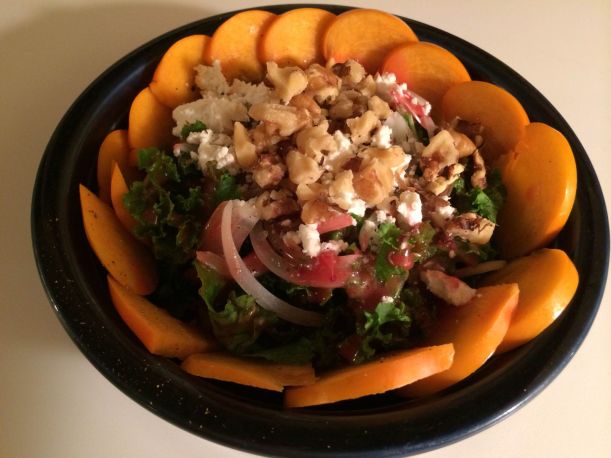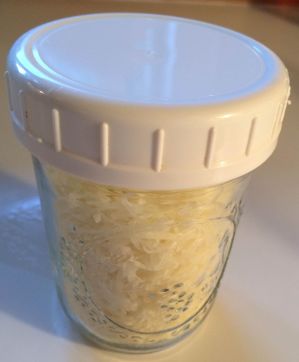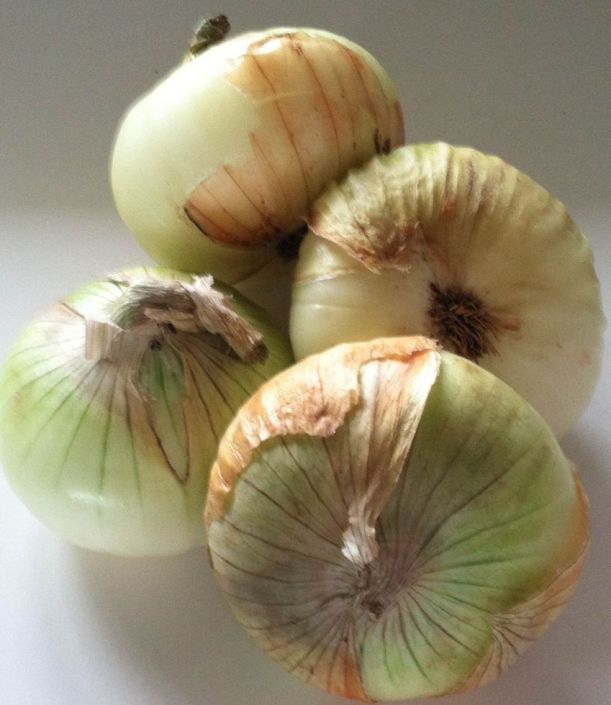There are 4 basic tastes that come together to provide us with pleasure {hopefully} in the food we eat: salty, sweet, bitter and sour. There is also a savory taste, a fifth taste, known as umami. Foods rich in umami include mushrooms, tomato paste, anchovies and green tea, among others. Adding umami rich foods to a dish can elevate it to a new level, even though no one would ever be able to pick out that ingredient {for example, anchovies}. How many people who love Caesar Salad know that there are anchovies in the dressing? Many ingredients we add to our recipes are not in-your-face flavors, but are subtle, adding a layer that makes a difference in the final dish.
Desserts aside, I normally would not choose to eat something sweet over something savory. While I can eat an alarming amount of chocolate frosting or brownie batter, I prefer a flavor profile that includes sour, bitter and salty over sweet. I enjoy a tart salad dressing, and when I make vinaigrettes, I am liberal with the vinegar, not adhering to the usual guideline of 1 part vinegar to 3 parts oil. But I was thinking about vanilla the other day, and wondering how it would taste in a vinaigrette. I found a recipe online for Vanilla Vinaigrette and tried it out on a green salad that included mango and avocado. Consider me hooked on Vanilla Vinaigrette. It not only has a great alliterative name, but tastes fantastic, adding a slightly sweet and tropical flavor when drizzled over the right salad. Vanilla Vinaigrette isn’t for just any salad, but it is wonderful on salads that include fruit. Fruit salads aren’t usually on my radar screen; I love fruit, and don’t make fruit salads per se, but include fruit on many of our green salads. What makes Vanilla Vinaigrette work is its subtle sweetness that mingles with the fruit. The fruits that work best with this dressing are tropical fruits and summer fruits, avocado included. I love avocados, particularly the way they gently break down and become a part of the dressing.
As you can see in the picture, we added a bit of protein to our salad, in the form of a hard cooked egg. I saw someone eating a hard cooked egg the other day, and the inside was atrocious, with an ugly gray-green ring around the yolk, so I thought I’d include the directions I use for making eggs with beautiful yellow yolks.
Hard Cooked Eggs
recipe from Vegetarian Cooking for Everyone by Deborah Madison
Put eggs in a single layer in a saucepan with a cover. Bring them to a gentle boil {uncovered} and boil for 1 minute. Turn off the heat, cover and let stand for 6 minutes. If you are going to use them later, put eggs into an ice bath to stop cooking. Otherwise, peel and enjoy warm with a bit of salt and pepper.
Vanilla Vinaigrette
adapted from Food.com
3 tbsp white wine vinegar {champagne vinegar also good}
1 tsp pure vanilla extract
1 tsp sugar {original recipe called for 1 tbsp}- add more or less to suit your taste
1/2 tsp sea salt
1/4 tsp freshly ground black pepper
Whisk all ingredients together until well blended.
Notes:
- I have always used romaine with this dressing, but a Manoa, Bibb or Butter lettuce would be fantastic.
- Mangoes, lilikoi {passion fruit}, blueberries, stone fruit and avocado are all delicious!
- Some herbs that work well are basil, mint, tarragon and cilantro.
- Sweet onions are always a nice touch, and pretty as well.
- Chopped macadamia nuts that have been lightly toasted in coconut oil & salted make a delicious crunchy topping!
Bon appetit!







































